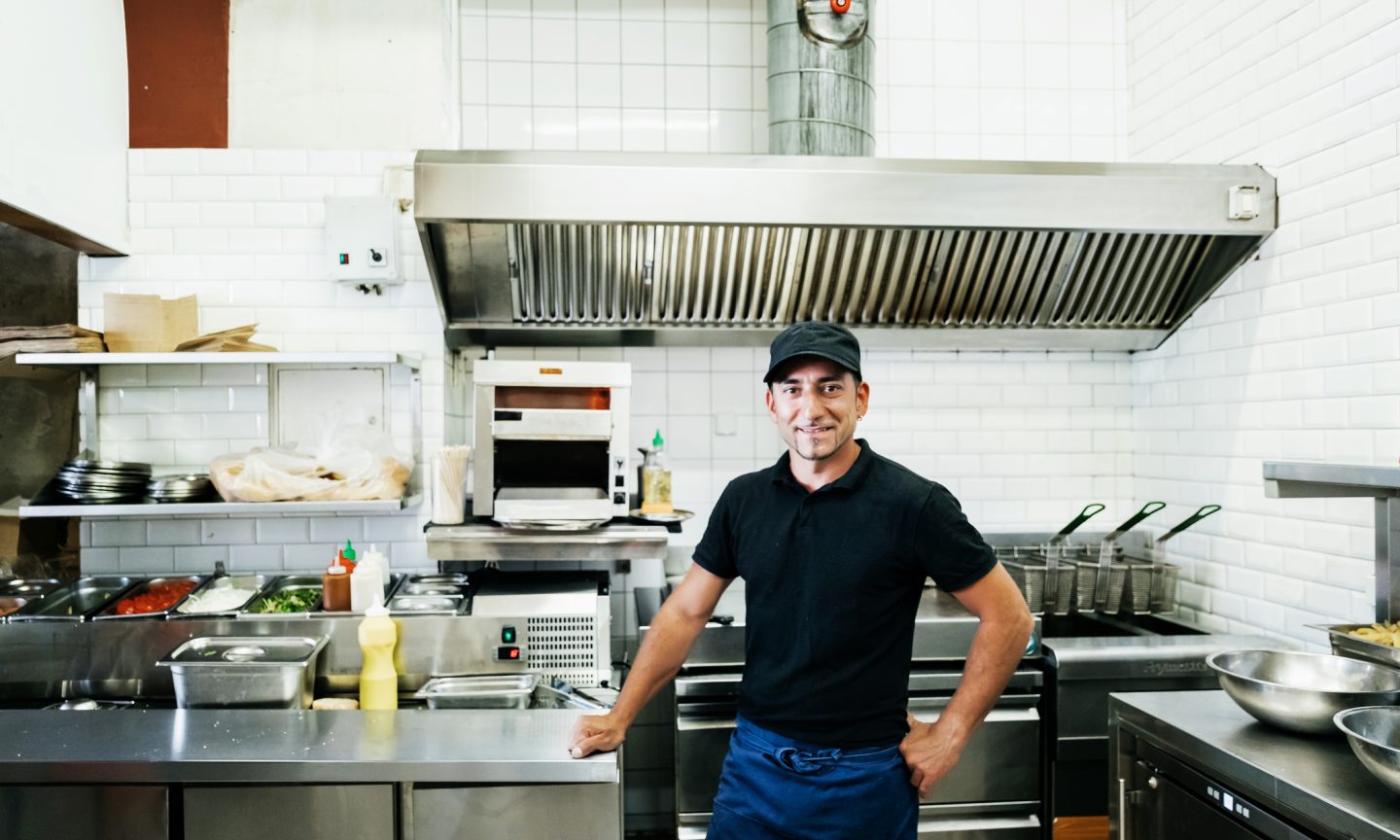SBA loans are government-guaranteed small-business loans issued by designated lenders to help small businesses access capital at low rates and long terms. It is possible to get multiple SBA loans as long as your SBA lender allows it, and you don’t exceed the borrowing limits set by the SBA.
Having more than one SBA loan can work in certain situations and help you access low-cost financing for your business; however, it can be difficult to qualify for multiple SBA loans, and it’s not right for every situation.
We’ll start with a brief questionnaire to better understand the unique needs of your business.
Once we uncover your personalized matches, our team will consult you on the process moving forward.
How many SBA loans can you have?
The SBA itself does not limit the number of SBA loans you can take out, but it does place a cap on the maximum amount you can borrow. That means you can technically have as many SBA loans as you can qualify for with any given SBA lender, up to these limits:
-
SBA 7(a) loans: $5 million.
-
SBA 504 loans: $5 million (select projects may qualify for up to $5.5 million).
-
SBA microloans: $50,000.
The SBA also allows business owners to get both an Economic Injury Disaster Loan (EIDL) and a business physical disaster loan for a single declared disaster, as long as the combined amount of the loans doesn’t exceed $2 million. However, the SBA prohibits business owners from having more than one EIDL for a single disaster.
How to qualify for multiple SBA loans
In general, the qualifications for multiple SBA loans are the same as they are for one SBA loan. SBA loan requirements can vary depending on your lender and the specific SBA program, but broadly, you’ll need to meet the following to qualify for a 7(a), 504 or microloan:
-
A for-profit business, operating in the United States.
-
Can’t get the desired loan on reasonable terms from other lenders. (For microloans, this only applies for loans over $20,000.)
-
Demonstrate creditworthiness to be able to repay the loan according to the lender’s requirements.
To qualify for an SBA disaster loan, you have to be physically located in a declared disaster zone, directly impacted by the disaster or unable to cover expenses or obligations because of a declared disaster. Business physical disaster loans cover physical damage caused by a declared disaster that is not fully covered by insurance.
While there are no set guidelines for qualifying for multiple SBA loans, in addition to the standard requirements, there are some other factors you should consider:
-
Standing with your current SBA loan. If you’re not in good standing with the SBA loan you currently have, it’s highly unlikely you’ll be approved for another one.
-
Available collateral. For loan totals above $50,000, you’ll need enough collateral to cover the total combined loan amounts. This is something to consider if your current loan didn’t require collateral, but your new SBA loan will push your total borrowing amount over $50,000.
-
Cash flow and DSCR. Make sure you calculate how an additional monthly payment will affect your business’s positive cash flow. Similarly, understand how a new loan affects your business’s debt service coverage ratio (DSCR), or the measure of cash flow against outstanding debt obligations. There’s no minimum DSCR set by the SBA, but lenders commonly look for a range of 1.25 to 1.50.
Combining different types of SBA loans
There are certain instances where it’s possible — and even advisable — to combine different types of SBA loans. For example, SBA 504 loans are an excellent option for purchasing, building or expanding commercial real estate and equipment, but they are fairly limited to those purposes. If there are other costs associated with your project that 504 funding cannot be used for — such as additional inventory or working capital — you might pair your 504 loan with an SBA 7(a) loan if you can qualify.
You can also combine EIDL and business physical damage loans (as long as the total doesn’t exceed $2 million). EIDLs are specifically for small businesses that have suffered economic losses due to a declared disaster, whereas business physical disaster loans cover physical damage caused by a declared disaster that is not fully covered by insurance.
Pros and cons of multiple SBA loans
Access to multiple low-cost financing options.
Added flexibility for uses.
Low interest loans for unforeseen disasters.
Can take a long time to fund.
Needs may exceed borrowing limits.
Can be difficult to qualify for.
Can you have multiple SBA loans from different lenders?
Can I apply for an SBA loan again?

